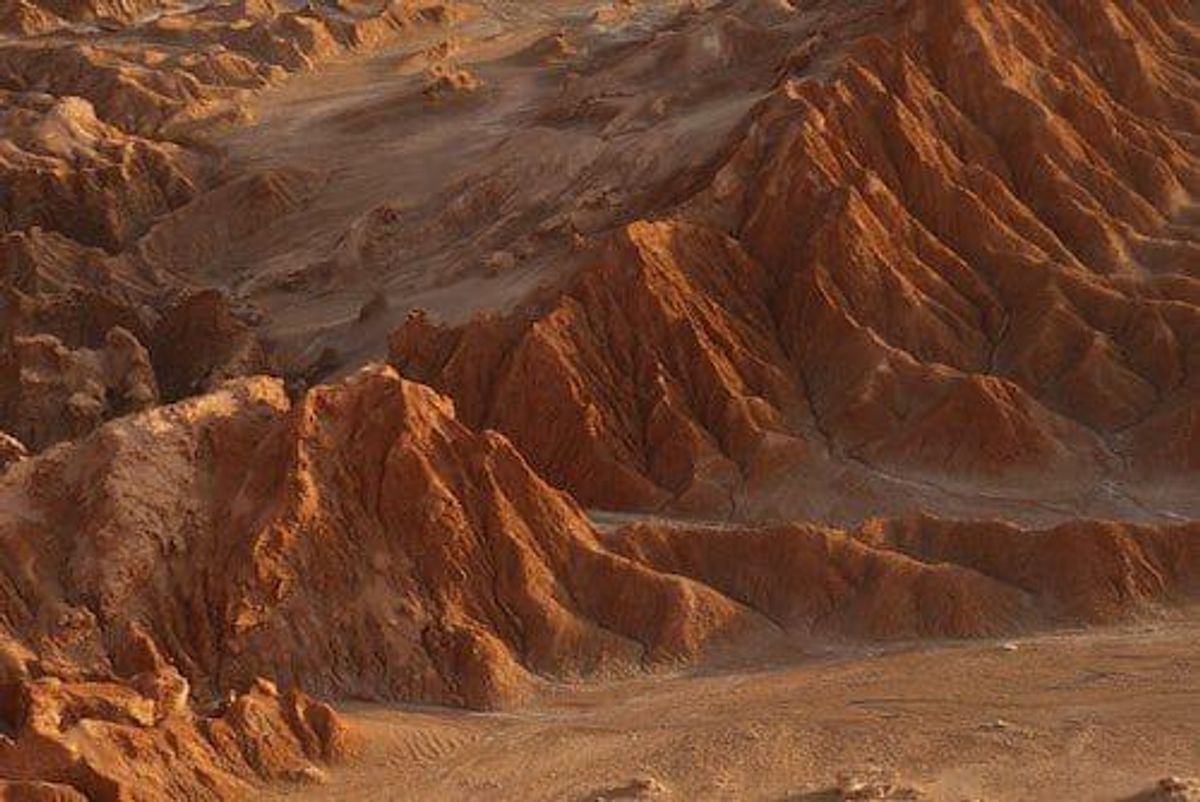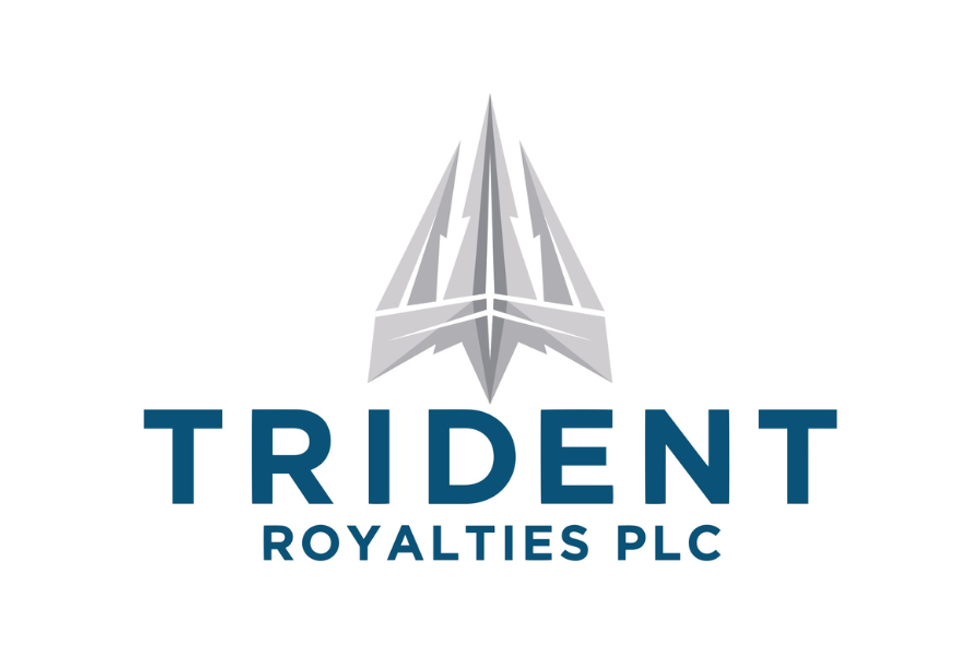- AustraliaNorth AmericaWorld
Investing News NetworkYour trusted source for investing success
- Lithium Outlook
- Oil and Gas Outlook
- Gold Outlook Report
- Uranium Outlook
- Rare Earths Outlook
- All Outlook Reports
- Top Generative AI Stocks
- Top EV Stocks
- Biggest AI Companies
- Biggest Blockchain Stocks
- Biggest Cryptocurrency-mining Stocks
- Biggest Cybersecurity Companies
- Biggest Robotics Companies
- Biggest Social Media Companies
- Biggest Technology ETFs
- Artificial Intellgience ETFs
- Robotics ETFs
- Canadian Cryptocurrency ETFs
- Artificial Intelligence Outlook
- EV Outlook
- Cleantech Outlook
- Crypto Outlook
- Tech Outlook
- All Market Outlook Reports
- Cannabis Weekly Round-Up
- Top Alzheimer's Treatment Stocks
- Top Biotech Stocks
- Top Plant-based Food Stocks
- Biggest Cannabis Stocks
- Biggest Pharma Stocks
- Longevity Stocks to Watch
- Psychedelics Stocks to Watch
- Top Cobalt Stocks
- Small Biotech ETFs to Watch
- Top Life Science ETFs
- Biggest Pharmaceutical ETFs
- Life Science Outlook
- Biotech Outlook
- Cannabis Outlook
- Pharma Outlook
- Psychedelics Outlook
- All Market Outlook Reports

Miners in the Atacama region of Chile — which produces a large chunk of the world’s copper — are banding together to sort out water issues.
Last week, it wasreported that Chilean copper miner Antofagasta (LSE:ANTO,OTC Pink:ANFGF) was hopeful it would soon have in its possession an agreement with a fellow miner in the Atacama region over access to desalinated water.
Such an agreement is important because Antofagasta is in the process of developing its Zaldivar copper mine in Northern Chile, which is one of the driest places on Earth and also densely populated with copper mines, both large and small.
The Zaldivar mine is an Antofagasta-operated 50-50 joint venture project with Barrick Gold (TSX:ABX,NYSE:GOLD), from which Antofagasta purchased its share in 2015.
The company has reportedly been in negotiations with Australian miner BHP (ASX:BHP,NYSE:BHP,LSE:BHP) over access to the larger company’s desalinated water supply because Zaldivar is not big enough to justify its own expensive desalination infrastructure.
“We have been negotiating for three or four months, and we are nearing the end of that. I am hopeful that we will reach a good agreement,” said Antofagasta Vice President of Administration and Finance Alfredo Atucha in an interview with Chilean media.
The Zaldivar mine, which produced 55,000 tonnes of copper in 2017, is already fully operational, but future development to extend its operations to 2031 would require additional water, hence the need for neighborly deals.
On the BHP side, its primary asset in the region just happens to be the Escondida copper mine — thelargest in the world. Atucha brought up BHP because both companies have the same concerns.
“We are worried and working on that in conjunction with BHP. I think we are going to come up with a good solution. There is a range of options and the decision has to be win-win.”
There are plenty of other copper mines in the region too — it’s a premier jurisdiction with plenty of the red metal deposits to go around — but as a desert, water is always a sticking point.
Independent Speculator’s Lobo Tiggre told the Investing News Network that for mining, water is as essential as power.
“There is no large-scale mine processing method that does not require water. You need the most for heap leach type operations, but it’s just as essential for flotation or leach tank processing.”
Its importance was succinctly summed up by Tiggre as “no water, no mine.”
Antofagasta and BHP are notably seeking to increase their water usage in the area by drawing on local water supplies.
They’re far from the only ones at the table. The Atacama region also featureslithium mining in the resources sector, another water-intensive operation in a region where water is a valuable commodity, not just to miners but to local communities and farmers.
Tiggre said that projects in Northern Chile are unlikely to be completely hamstrung by tense water negotiations between mining companies and the communities near where they operate.
“[Communities in Chile] are very familiar with mining. They know that expressing fear about water supplies gives them a lot of power in negotiations with companies. In such circumstances, it’s all about compensation. There’s water there — but you have to pay for it, and pay those who don’t get it so they’re not too bent out of shape about it.”
He said that the danger posed by local communities often seen in less mature mining jurisdictions is unlikely in Chile.
“I have seen exploration projects halted in Peru, after NGO activists lied to villagers, telling them that exploration drilling would poison the groundwater and kill their livestock. So, locals worried about their water can be a surefire showstopper.”
Desalination is a workaround when it comes to those obstacles, but not necessarily a cheaper one.
It’s a solution to drawn-out negotiations with local governments and communities in areas where water is a life-or-death question, though Tiggre said that while it is easier than negotiations, it is by no means less expensive.
“But if the locals simply refuse [to negotiate], desalination may be the only choice. Which means that the project has to be rich enough to bear the extra capital expenditure and operational expenditure.”
Escondida is certainly rich enough to support a desalination investment, but by Antofagasta’s own admission, Zaldivar is not big enough to justify the effort.
Another miner in the region, Canada’s Teck Resources (TSX:TECK.A,TSX:TECK.B,NYSE:TECK), has made it clearin its sustainability report that reducing water consumption is a key priority in Chile, where it has its Quebrada Blanca operations and its Quebrada Blanca Phase 2 (QB2) project in the works.
QB2 has been a go since late 2018 when Tecksold a chunk of it to Sumitomo (NYSE:SMFG). Teck has highlighted in its coverage of the project that it seeks to remove fresh water from its operations completely through its own desalination infrastructure.
“[QB2 will have] the first large-scale use of desalinated seawater in the Tarapacá region to eliminate freshwater use in operations,” says the companyin its project announcement.
Having that sort of capability isn’t something to sneeze at; to get seawater from the Pacific Ocean to QB2, the company has to build a 165-kilometer desalinated water pipeline alongside its concentrate pipeline.
Miners clearly have to go a long way to ensure they have enough water to operate. Tiggre pointed to the former Canadian company Exeter Resources, which was taken over by Goldcorp in 2017, and its Caspiche project, also in Chile.
“[Water is] life or death for the project. That’s why companies like Exeter spent so much time and effort securing water rights before even completing their feasibility study. Without the water, there was no point,” he said.
For miners, water can make or break a project. Local support or opposition is a major concern for miners over the world, not just in Chile, though in that jurisdiction there have been cases in the past where projects have been kiboshed over water.
This isn’t limited to dry areas. In 2018, miners in the Canadian province of British Columbia were forced to limit their operations during a drought, and BC is known for its rain, proving that nowhere is safe.
Water shortages aren’t the norm, though — usually an abundance of water is the primary concern for miners around the world, as operations hundreds of meters underground most often operate below the water table.
Tiggre explained that the process of de-watering operations poses its own set of problems when it comes to local populations.
“When a mine fills with groundwater faster than it’s used in production, it needs to be discharged into the local environment. Even when miners treat it to levels that are cleaner than the water in the river or creek it gets dumped into, locals are always concerned, and frequently hostile. This is a major issue, and even a showstopper in some cases.”
Given the importance of water to, well, everything, nobody can be blamed for being touchy about the subject.
Don’t forget to follow us@INN_Resource for real-time updates!
Securities Disclosure: I, Scott Tibballs, hold no direct investment interest in any company mentioned in this article.
Editorial Disclosure: The Investing News Network does not guarantee the accuracy or thoroughness of the information reported in the interviews it conducts. The opinions expressed in these interviews do not reflect the opinions of the Investing News Network and do not constitute investment advice. All readers are encouraged to perform their own due diligence.
Outlook Reports
Featured Base Metals Investing Stocks
Browse Companies
MARKETS
COMMODITIES
| Commodities | |||
|---|---|---|---|
| Gold | 2390.86 | +0.85 | |
| Silver | 28.67 | +0.01 | |
| Copper | 4.52 | +0.05 | |
| Oil | 83.24 | +0.51 | |
| Heating Oil | 2.55 | +0.01 | |
| Natural Gas | 1.76 | 0.00 | |
Investing News Network websites or approved third-party tools use cookies. Please refer to the cookie policy for collected data, privacy and GDPR compliance. By continuing to browse the site, you agree to our use of cookies.





